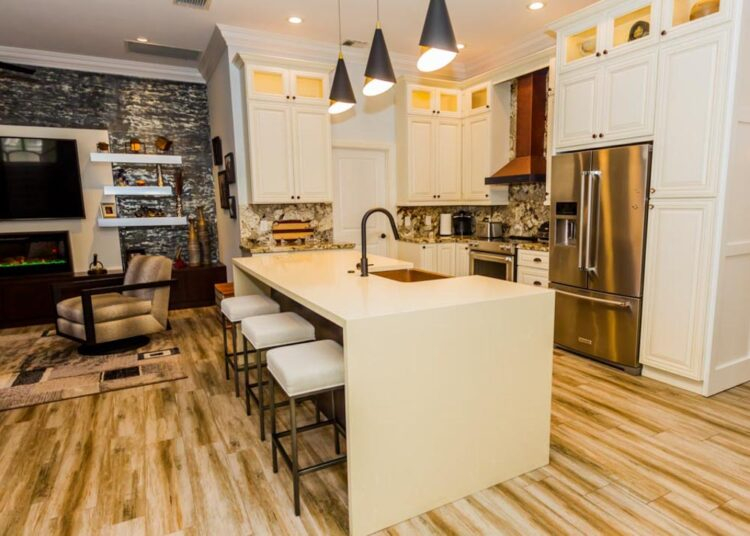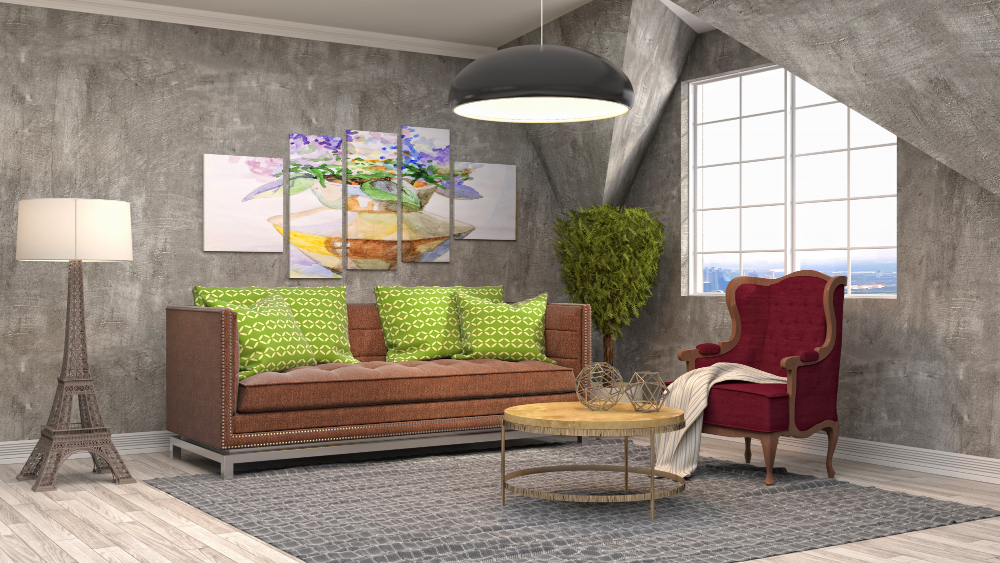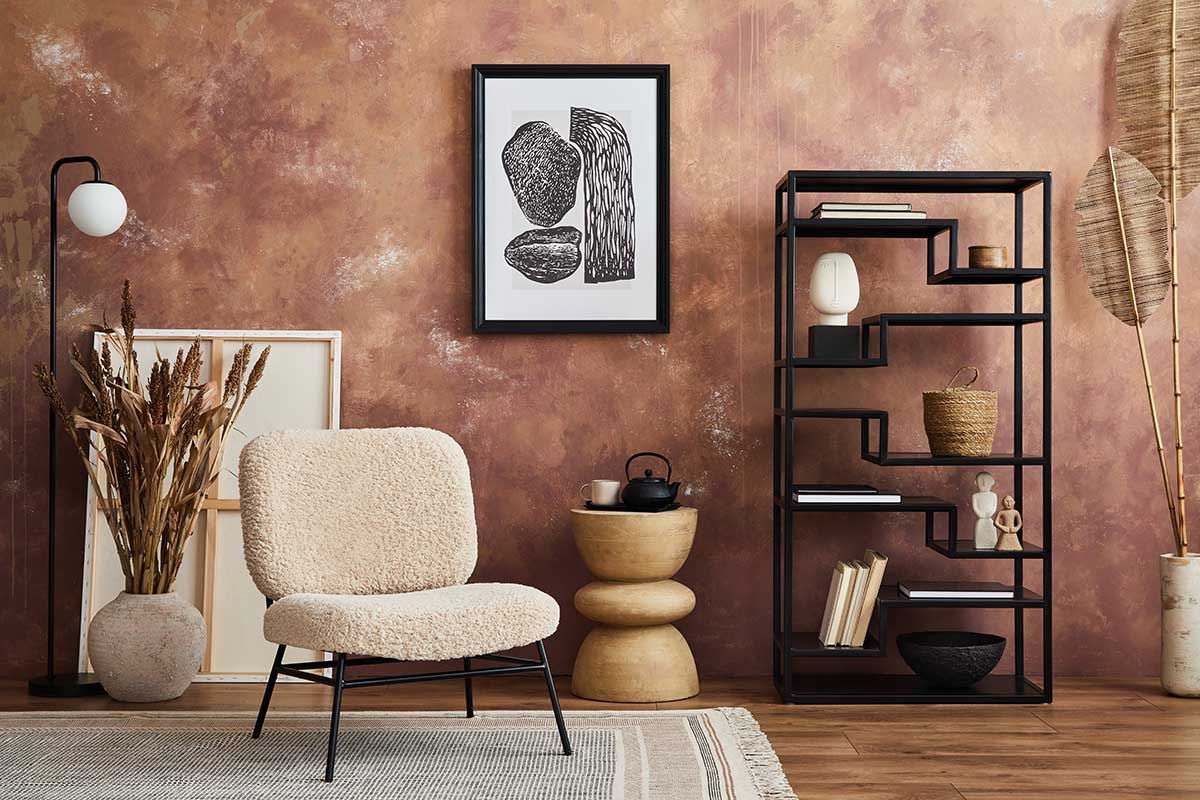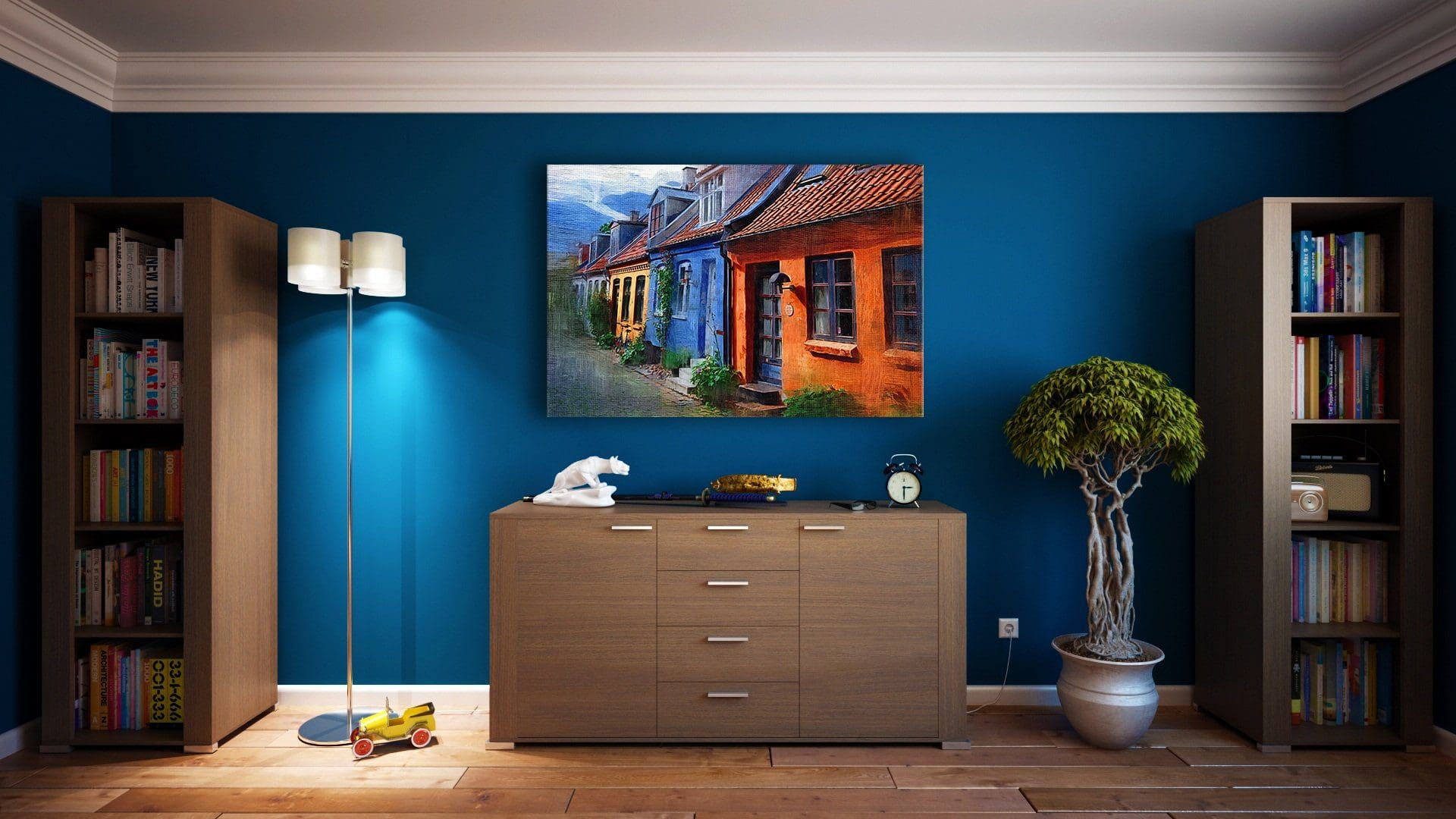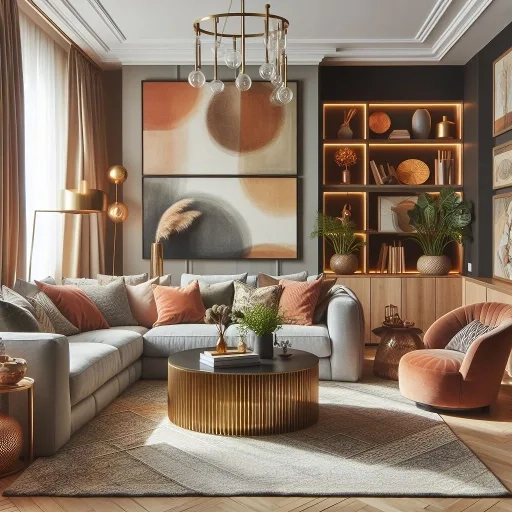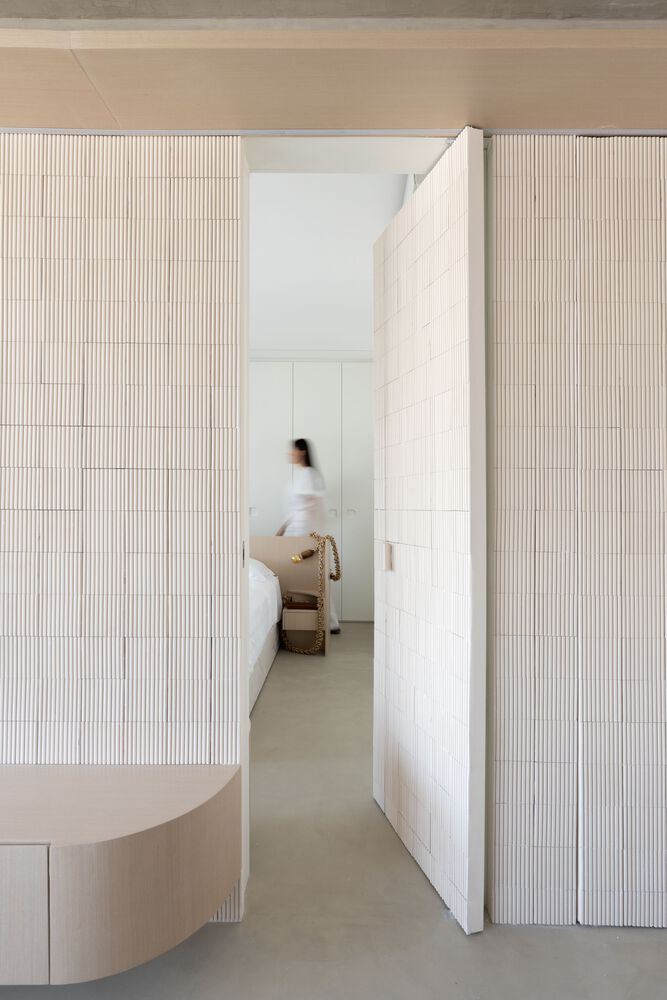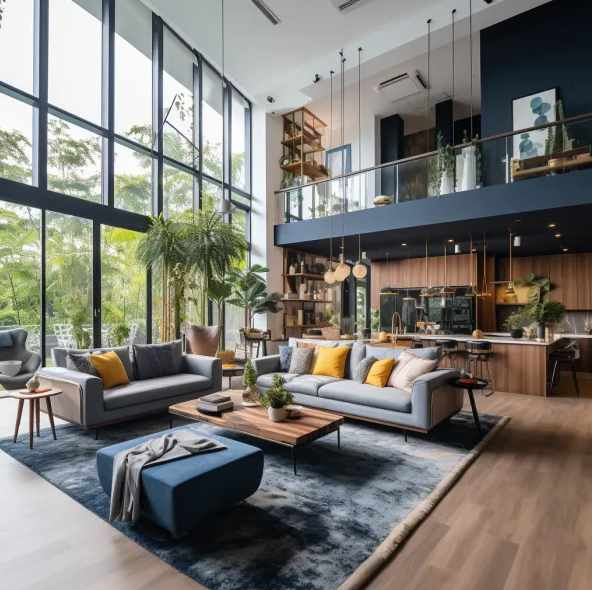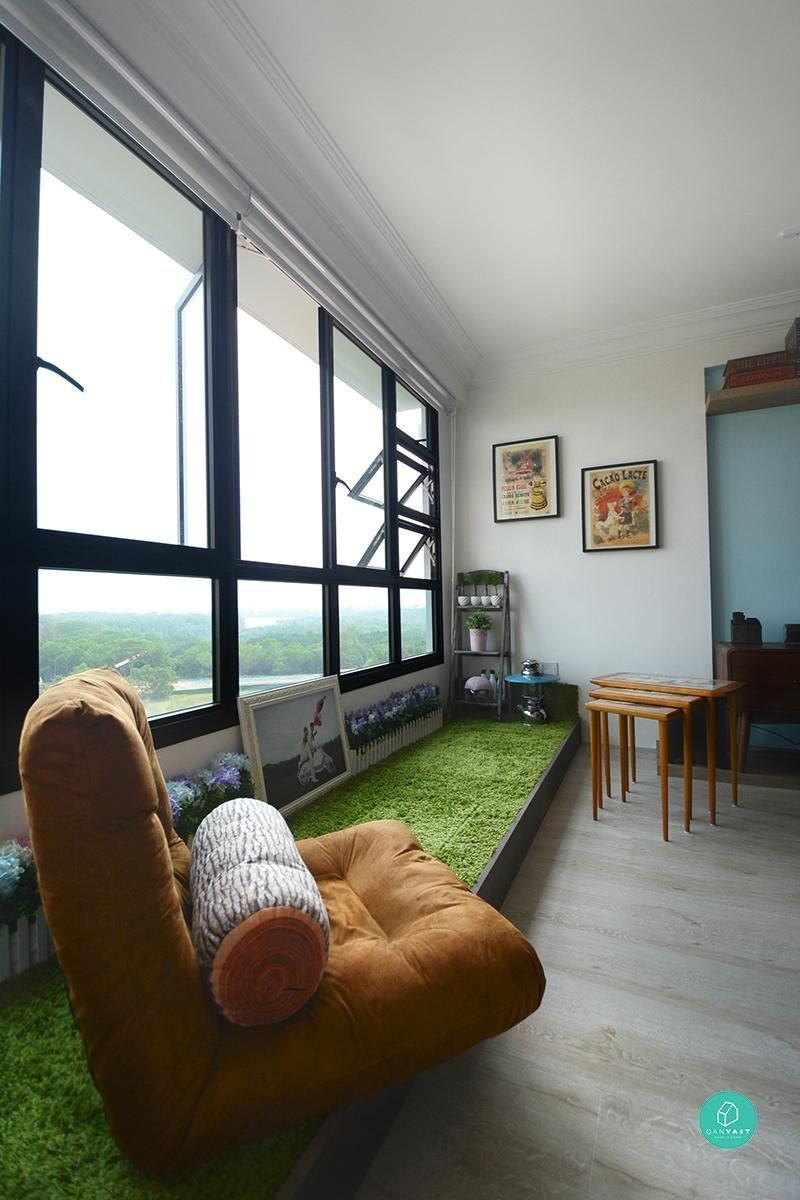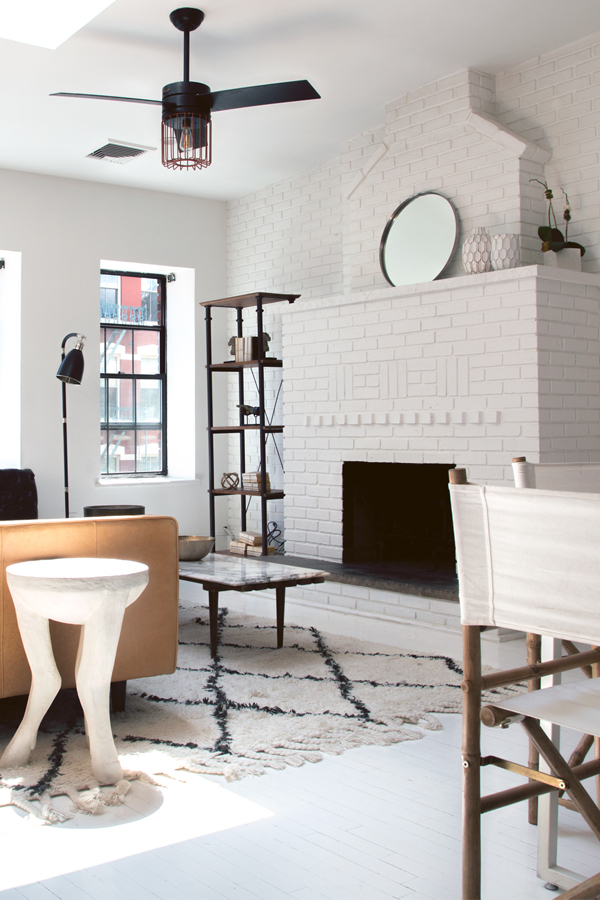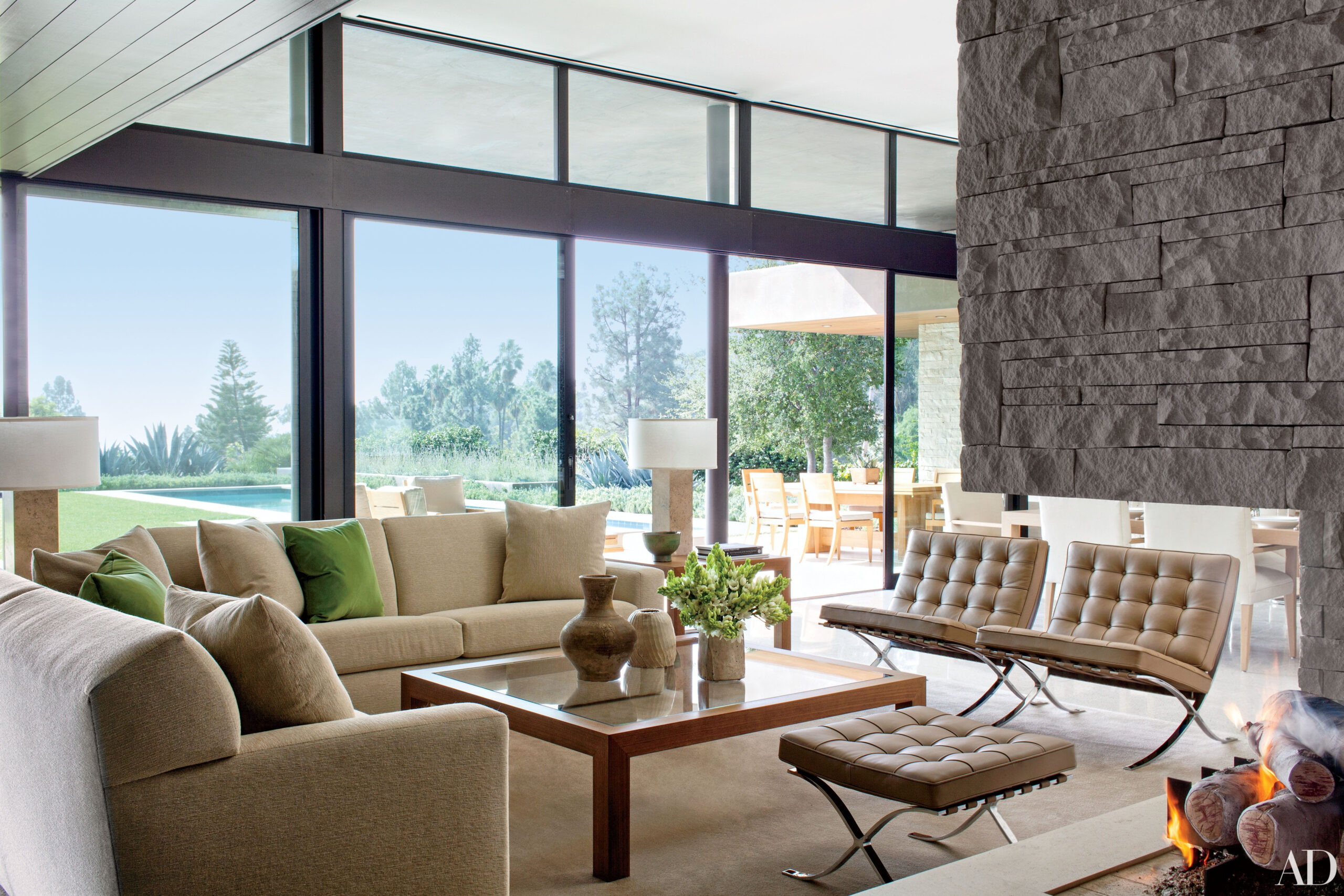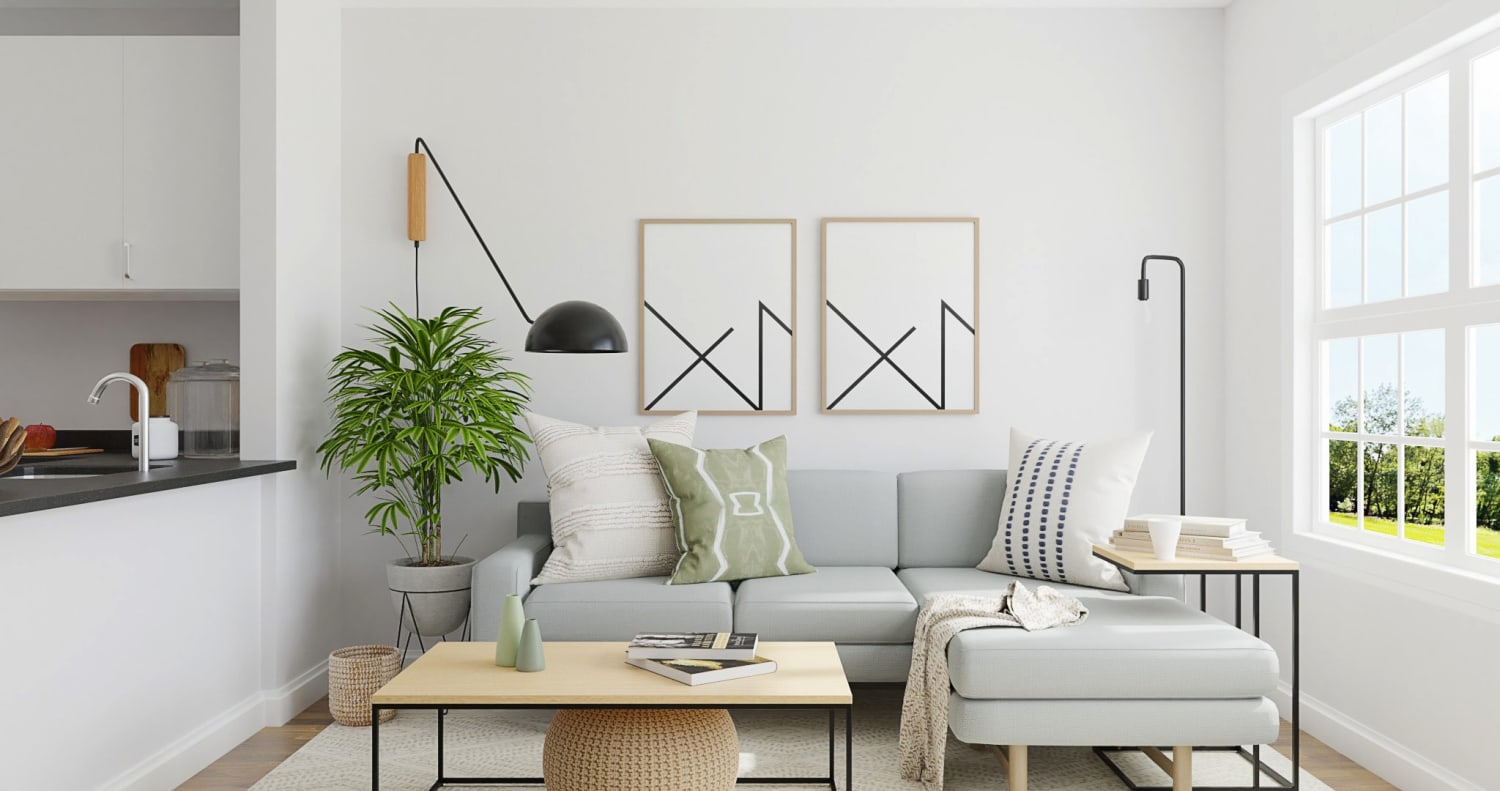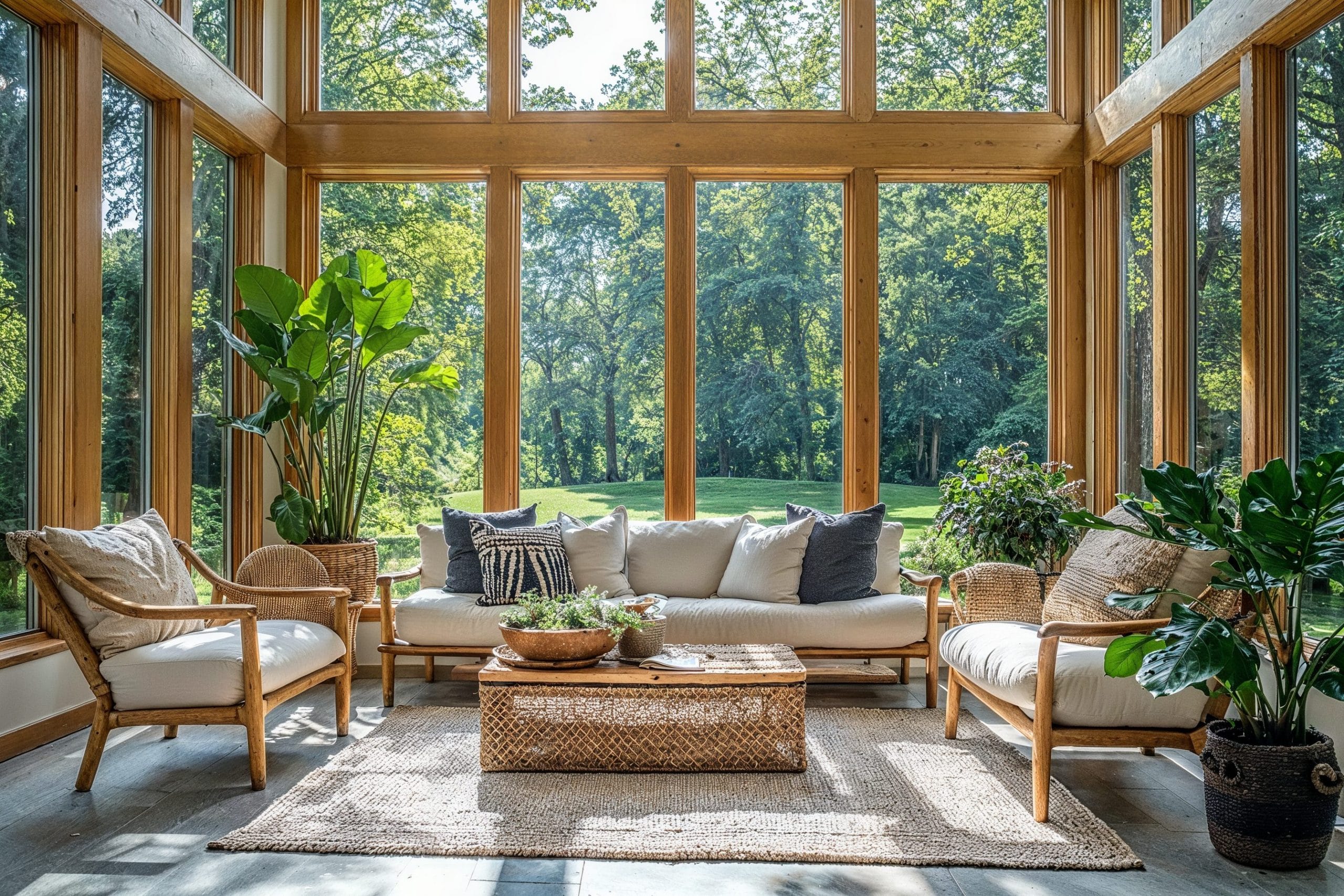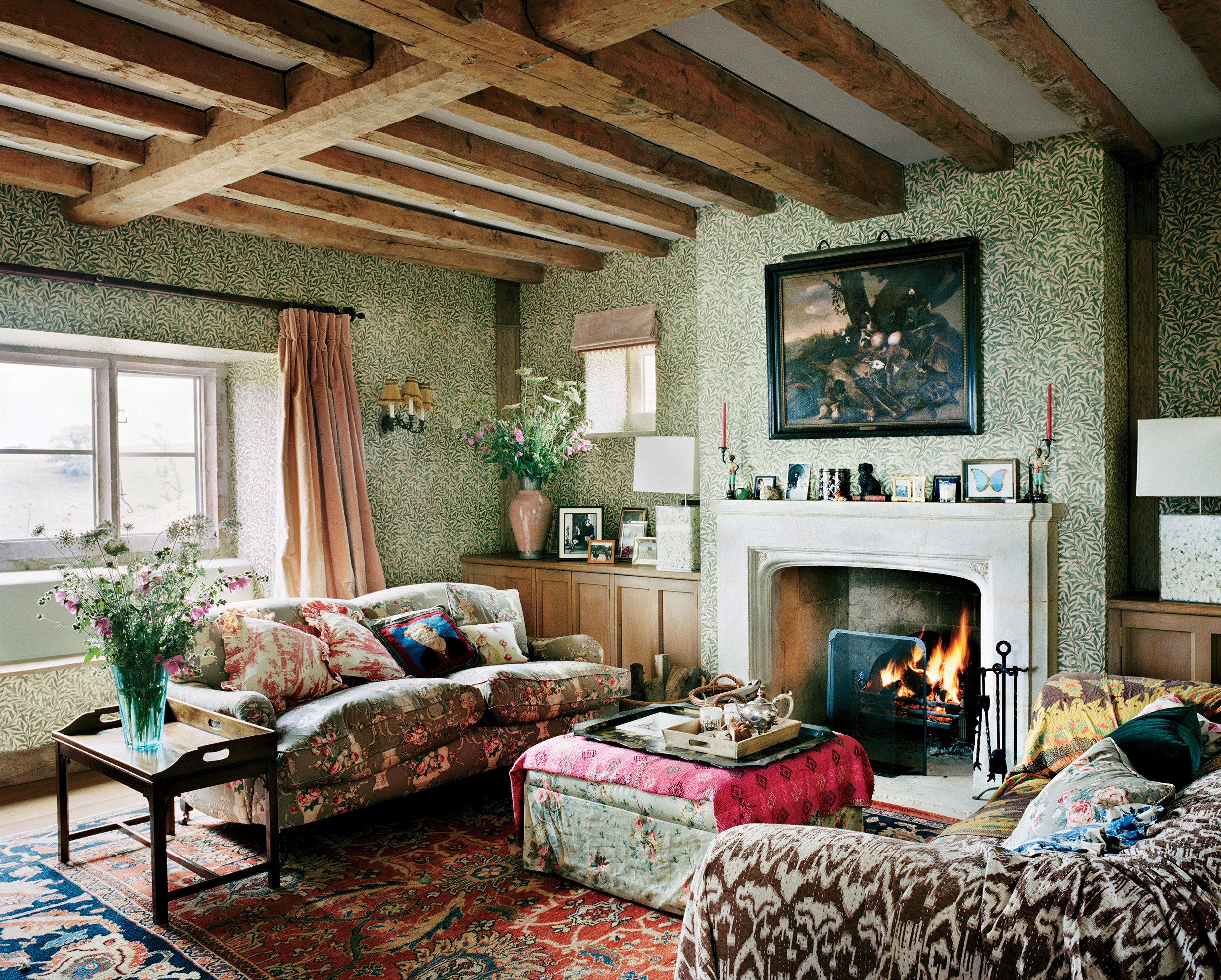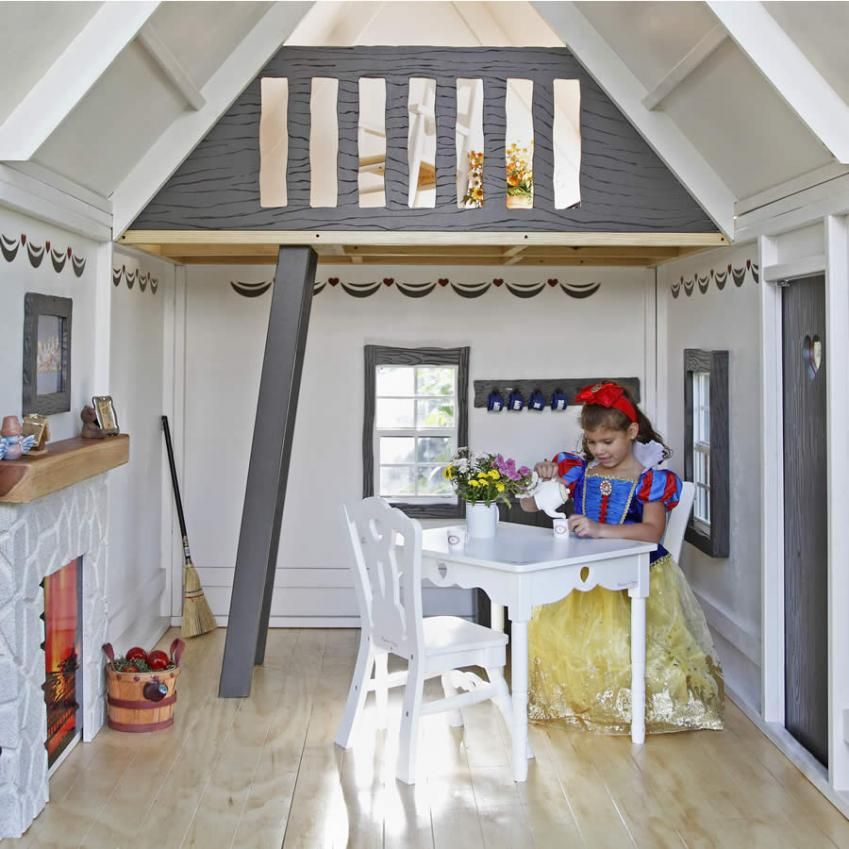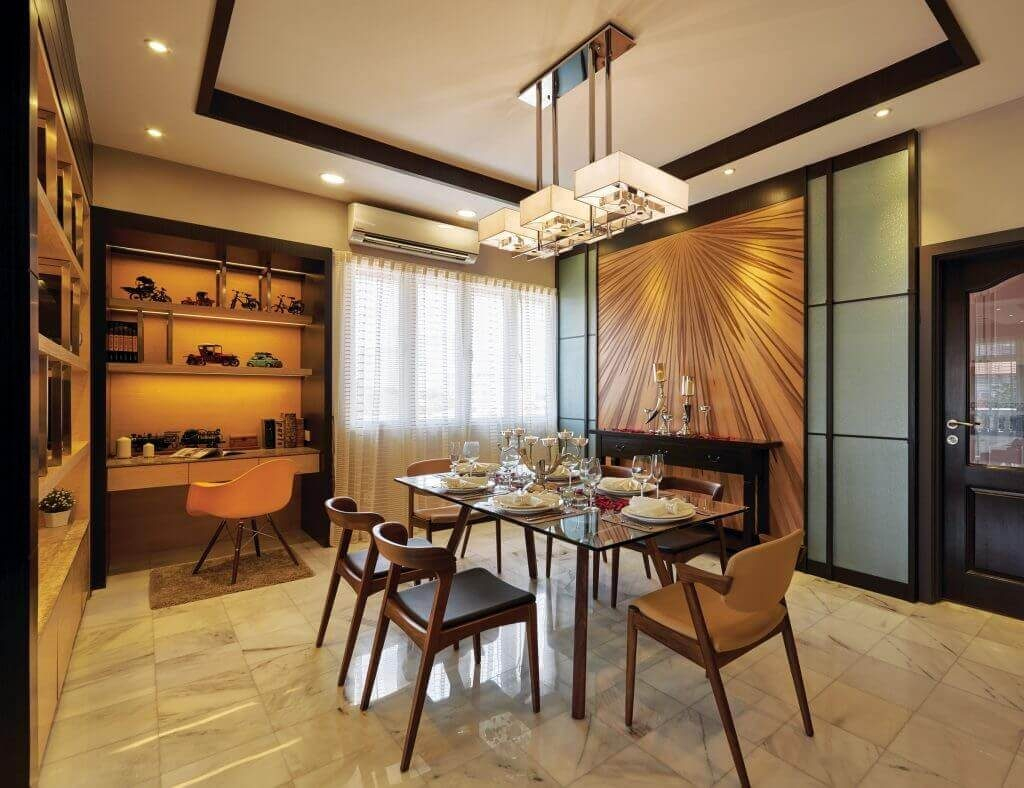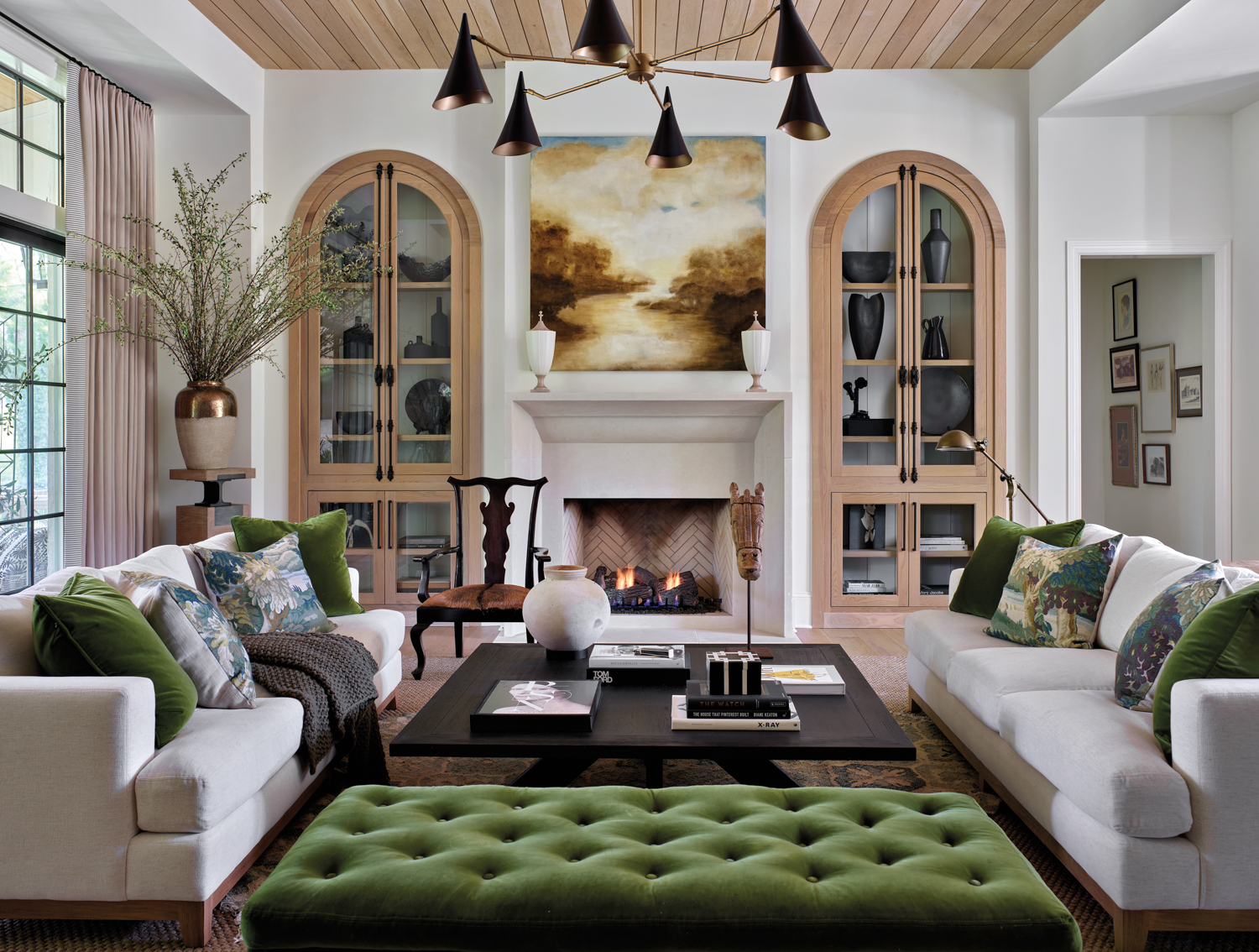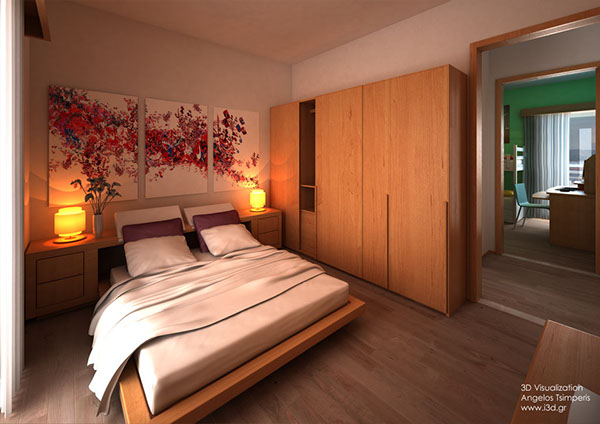Ever walk into a friend’s place and feel that instant ‘wow’ factor? You know, the kind that makes you want to redecorate your own space immediately. It’s not magic, and it’s certainly not just for those with unlimited budgets. Transforming a basic apartment into a beautiful, inviting sanctuary is all about understanding a few key interior design principles and applying them with a little creativity. Let’s dive into how you can achieve that stunning transformation.
Many of us live in apartments that, while functional, lack that certain spark. They might be perfectly livable, but do they truly reflect your personality and style? Often, the difference between a bland space and a breathtaking one comes down to intentional design choices. It’s about more than just furniture; it’s about creating an atmosphere, a feeling. Ready to unlock those hidden design secrets and make your apartment the envy of your friends. Let’s get started.
The Power of a Cohesive Color Palette
Color is arguably the most impactful tool in your interior design arsenal. A well-chosen color palette can set the mood, make a small space feel larger, and tie everything together. Think beyond just painting walls. Consider how colors flow from room to room. A common mistake is using too many colors, which can make a space feel chaotic. Instead, try sticking to a palette of 3-5 colors. For example, a base of soft neutrals like greys or beiges can be beautifully complemented by one or two accent colors, perhaps a deep teal or a warm terracotta. Don’t forget the ceiling and trim – painting them a slightly lighter shade of your wall color can add a subtle depth and sophistication. It’s about creating harmony, not a circus.
Furniture Arrangement: Function Meets Flow
How you arrange your furniture can completely change how an apartment feels and functions. It’s not just about plopping a sofa against a wall. Think about creating conversation areas. In your living room, for instance, arrange seating so that people can easily talk to each other without shouting. Pulling furniture away from the walls, even just a few inches, can create a sense of spaciousness. Consider the scale of your furniture too. Oversized pieces can overwhelm a small apartment, while too little can make it feel sparse. Measure your space and choose pieces that fit proportionally. Also, think about traffic flow – ensure there are clear pathways to move around your furniture without bumping into things. It’s a dance between comfort and practicality.
Lighting: The Unsung Hero of Ambiance
Good lighting is crucial, and most apartments rely too heavily on a single overhead fixture. This often creates harsh shadows and an uninviting atmosphere. Layering your lighting is key to creating warmth and dimension. You’ll want ambient lighting for overall illumination (like a stylish floor lamp), task lighting for specific activities (think a reading lamp by your favorite chair or under-cabinet lighting in the kitchen), and accent lighting to highlight artwork or architectural features. Dimmers are your best friend here; they allow you to adjust the light intensity to suit the mood. Even simple string lights or strategically placed table lamps can make a world of difference. Don’t underestimate the power of soft, warm light.
The Magic of Textiles and Texture
Texture adds depth and visual interest, preventing a space from feeling flat or sterile. Think beyond just smooth surfaces. Introduce a variety of textures through soft throws, plush rugs, woven baskets, and decorative pillows. Even the curtains you choose can contribute to the textural story of your room. Mixing materials like wood, metal, glass, and fabric creates a richer, more inviting environment. For example, a sleek modern sofa can be softened with a chunky knit throw and a velvety cushion. A rough-hewn wooden coffee table can add warmth to a room with more polished finishes. It’s about engaging the senses.
Accessorizing with Intention: Less is Often More
Accessories are the finishing touches that really personalize a space, but it’s easy to go overboard. Clutter can make even the most beautifully designed apartment feel messy and cramped. Be selective with your decorative items. Choose pieces that you truly love and that have meaning to you. Group items in odd numbers (like three or five) for a more visually appealing arrangement – this is a common design trick that just works. Consider varying heights and shapes within your groupings. Think about incorporating greenery, too. Plants bring life and color into a room and can instantly make it feel more welcoming. A few well-chosen accessories are far more effective than a multitude of small, insignificant knick-knacks.
Personal Touches: Making it Uniquely Yours
Ultimately, the most beautiful apartments are those that feel lived-in and personal. This is where your own story comes into play. Displaying artwork that resonates with you, framing cherished photographs, or showcasing souvenirs from your travels can infuse your space with personality. Don’t be afraid to mix and match styles or eras; a vintage dresser paired with modern art can be wonderfully eclectic. The goal is to create a space that you love coming home to, a reflection of your journey and tastes. It’s your canvas, so paint it with your life.
Transforming your apartment from basic to beautiful isn’t about expensive renovations; it’s about smart design choices and a little bit of effort. By focusing on a cohesive color palette, thoughtful furniture arrangement, layered lighting, diverse textures, intentional accessorizing, and adding those all-important personal touches, you can create a space that is not only aesthetically pleasing but also deeply comfortable and reflective of who you are. So, take these secrets, experiment a bit, and start creating the beautiful apartment you deserve. Happy decorating.

